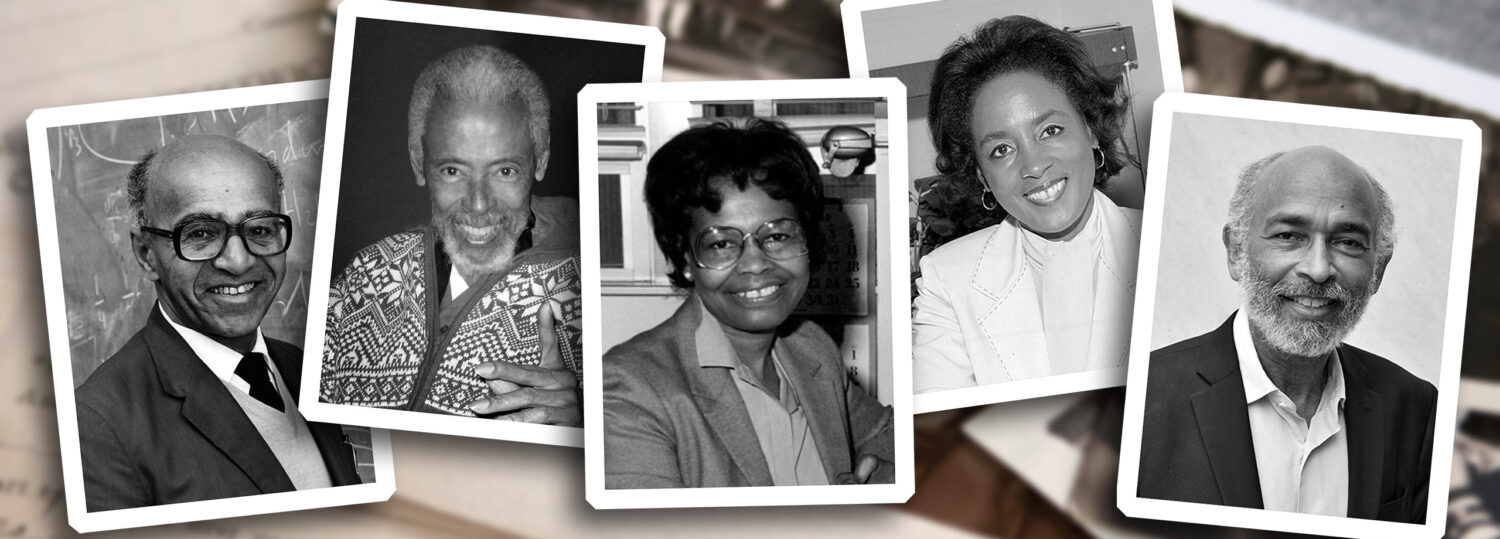This month, we celebrate the remarkable contributions of five African Americans to the field of operations research. From trailblazers who shattered barriers to pioneers who reshaped the landscape of decision science, these individuals have left an indelible mark on a field that strategically navigates complex challenges. Join us in recognizing and honoring these African Americans’ significant impact in shaping operations research.
David Blackwell (1918-2010)

David Blackwell was an American mathematician and statistician who left an indelible mark on the world of numbers and theories.
Born in 1918, Blackwell didn’t just get his Ph.D. in mathematics at 22 – he launched into a prolific career that would shape the landscape of various disciplines. Probability theory, game theory and information theory became his playground, and he made significant contributions that echoed across the academic world.
In 1965, a historic moment unfolded as Blackwell became the first African American to join the National Academy of Sciences. This breakthrough celebrated his achievements and symbolized a turning point for academic diversity.
Fast forward to 1979, and Blackwell’s brilliance was honored with the von Neumann Theory Prize. This prestigious award, given by the Operations Research Society of America, highlighted his outstanding work in theoretical research.
But it’s not just about awards. Blackwell’s impact reverberates through the halls of renowned institutions like the University of California, Berkeley, and Howard University, where he shared his wisdom and knowledge as a teacher.
Charles B. Bell, Jr. (1928-2010)
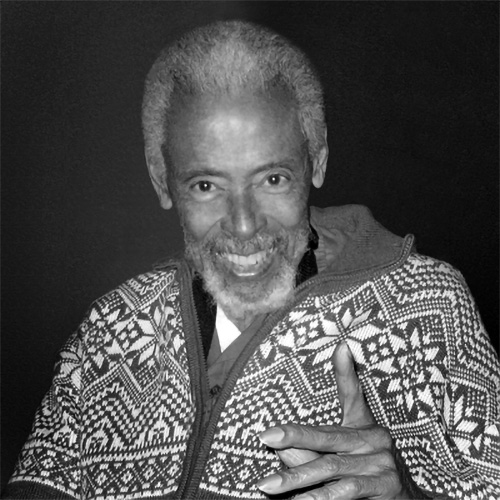
Charles Bell Jr. was a distinguished mathematician and statistician whose journey left an indelible mark on the academic world.
Born in 1928, Bell’s academic prowess began to shine as he graduated with a Bachelor of Science in mathematics and statistics from Xavier University. His thirst for knowledge didn’t stop there – he earned a Ph.D. in statistics from the University of Notre Dame, solidifying his expertise in the field.
Bell’s journey through academia took him to various prestigious institutions, including the Case Institute of Technology, the University of Michigan, Tulane University and the University of Washington. Each stop in his career added layers to his rich tapestry of experiences and contributions.
His research focus was nothing short of fascinating – nonparametric statistics, stochastic processes and related applications. Through this lens, Bell delved deep into the intricacies of mathematical and statistical realms, leaving an indelible impact on the academic landscape.
A testament to his scholarly prowess is that he authored an impressive 39 papers. These papers showcased the depth of his understanding and highlighted the breadth of his contributions to the dynamic world of mathematics and statistics.
Gladys West (1930-Present)
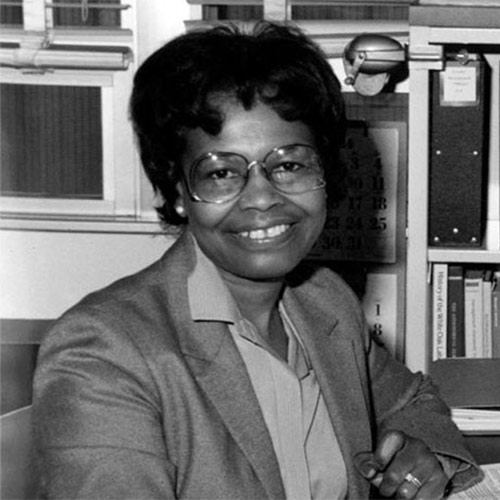
Gladys West is an extraordinary American mathematician whose groundbreaking contributions played a pivotal role in developing Global Positioning Systems (GPS).
Born in 1930 and still making waves today, West made history at the U.S. Naval Proving Ground. Her work on the GEOSAT satellite was a game-changer. This satellite was like a high-tech artist, creating detailed computer models of the Earth’s surface. What made it even cooler was that it set the stage for an ultra-precise geodetic model of the Earth, a crucial component of GPS that we all rely on today.
How did she do it? She developed algorithms to process satellite data, which accounted for gravitational forces, tides and atmospheric influences on satellite signals.
West also rocked the scene with the Naval Ordinance Research Calculator. This nifty device didn’t just win awards; it showcased West’s brilliance in figuring out the movements of Pluto in relation to Neptune.
Annie Easley (1933-2011)
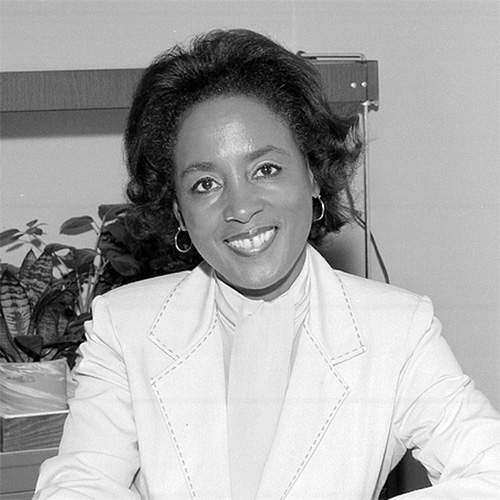
Annie Easley was an American computer scientist and mathematician whose brilliance shaped the world of space exploration and technology.
Born in 1933 and leaving a lasting legacy until 2011, Easley became a crucial player in developing the Global Positioning System (GPS) and various space exploration technologies during her time at NASA.
Easley wasn’t just a computer whiz – she was a trailblazer. Her contributions involved developing code for researching energy conversion systems. It was a roadmap exploring alternative ways to power technology. Imagine her as a technological architect, building the foundation for the future of energy in space.
Her journey led her to the Lewis Research Center of NASA, where she became a driving force behind the Centaur project. This wasn’t just any project; it laid the groundwork for monumental space shuttle launches and the deployment of satellites. Easley wasn’t just part of the team; she was one of the leaders steering the ship towards the stars.
Emery Brown (1957-Present)
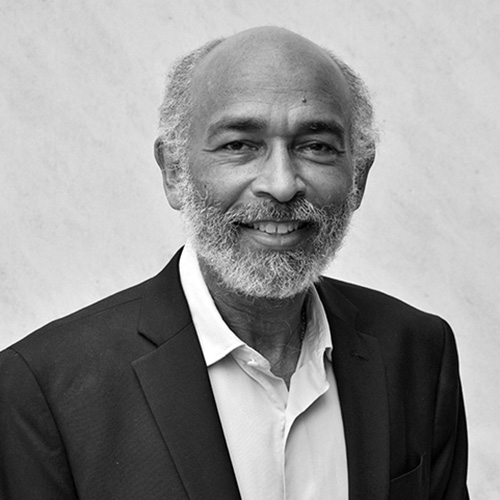
Emery Brown is a groundbreaking figure who wears two hats – anesthesiologist and statistician. Born in 1957 and still making waves today, Brown has left an indelible mark on neuroscience.
His journey is like a scientific adventure. Brown delved into the mysteries of how anesthetics work in the brain to induce general anesthesia. He also harnessed his statistical wizardry to tackle the complex challenges of analyzing data in neuroscience. Think of him as a data superhero, creating algorithms that crack the code of intricate brain data.
How does he do it? Brown uses fancy approaches like Bayesian and point process methods, among others. These are like powerful tools in his statistical toolbox, helping him craft methods and algorithms that unravel the mysteries hidden in neuroscience data.
Brown’s brilliance hasn’t gone unnoticed. He’s a proud recipient of several awards, including the prestigious Gruber Prize in Neuroscience in 2022 and the title of Institute of Mathematical Statistics Fellow in 2016.

